
Real Estate Drip Campaigns: 7 Essential Steps [2025]
You’re a real estate agent who wants to connect with more leads and enhance your relationship with them. What can you do to achieve this?
You can use real estate drip campaigns as they can make your life so much easier.
A good automatic drip campaign can make the difference between good and bad open rates. Plus, it helps you nurture growth and your conversions.
Read this article to discover:
- What drip campaigns are
- How to set up real estate drip campaigns,
- How to measure their effectiveness.
What Is a Drip Campaign In Real Estate?
A real estate drip campaign is an automated email sequence that warms up a lead by sending them helpful information over some time in the form of follow-ups.
These emails usually have a trigger, which means that if a potential lead performs a certain action, it sets off the drip campaign. For instance, someone is interested in a specific property and wants to learn more about it, so they’ve signed up for your platform.
This action triggers a series of welcome emails that give the potential buyer information about the property, the neighborhood, or other tips.
The goal of realtor drip campaigns
In simple terms, the goal of drip marketing campaigns for real estate agents or teams is to persuade potential home buyers or sellers to make the right decision regarding properties.
The type of email content you can send is relevant listings in the area, case studies and testimonials from other clients, or blog posts with tips and tricks.
But are drip email campaigns that effective? We will find out in the next section.
Tip: For more examples, check out this article.
How Effective Are Drip Campaigns?
Why should real estate agents use drip campaigns to convert new clients?
The main benefit is that drip campaigns make capturing leads better, easier, and faster. So, instead of focusing on one lead, you can nurture relationships with multiple people.
However, there’s more than that:
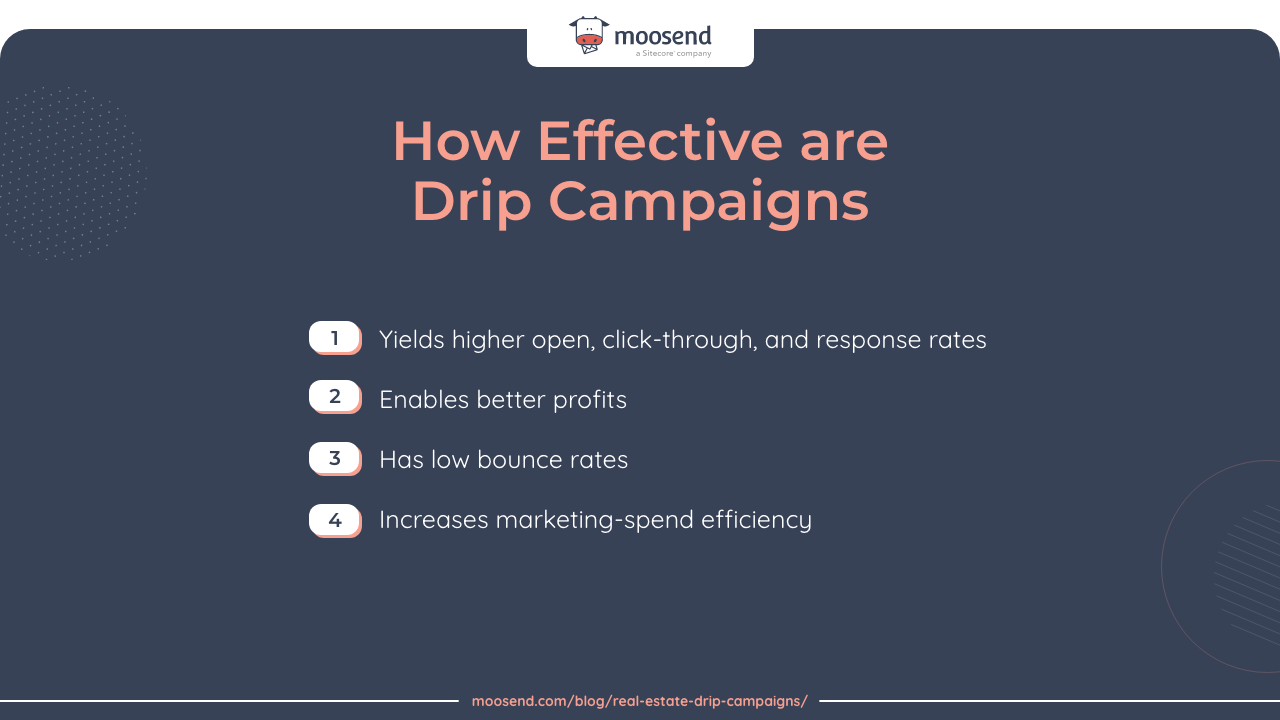
Yield higher open, click-through, and response rates
Due to the timing of drip email campaigns, there’s a higher chance of recipients opening the email. If a person receives an email after performing a certain action, they’ll open it because it’s relevant to them. In fact, the open rates for drip campaigns are about 80% higher than single email sends. The average click-through rate is three times higher.
Enable better profits
According to Annuitas, nurtured leads make more purchases than non-nurtured leads (a 47% higher order value).
So, drip campaigns are all about lead nurturing, but it also saves you time and money.
Have low bounce rates
Bounced emails are addresses in your email list that didn’t receive your message.
Luckily, the bounce rate for real estate is less than 1%, so drip campaigns make sure your email reaches your prospects.
Increase marketing-spend efficiency
Drip campaigns lead to a 30% increase in marketing-spend efficiency, especially if you tailor them to each client.
In a nutshell, drip campaigns give you the credibility your brand needs to nurture your relationships and stay top-of-mind.
Let’s go further and discover how to set up a real estate drip campaign in only seven steps.
How To Set Up A Real Estate Email Drip Campaign
Now that you know the basics, you want to start your drip campaign. But where should you begin?
Fret not, as we’ve identified the steps for you:
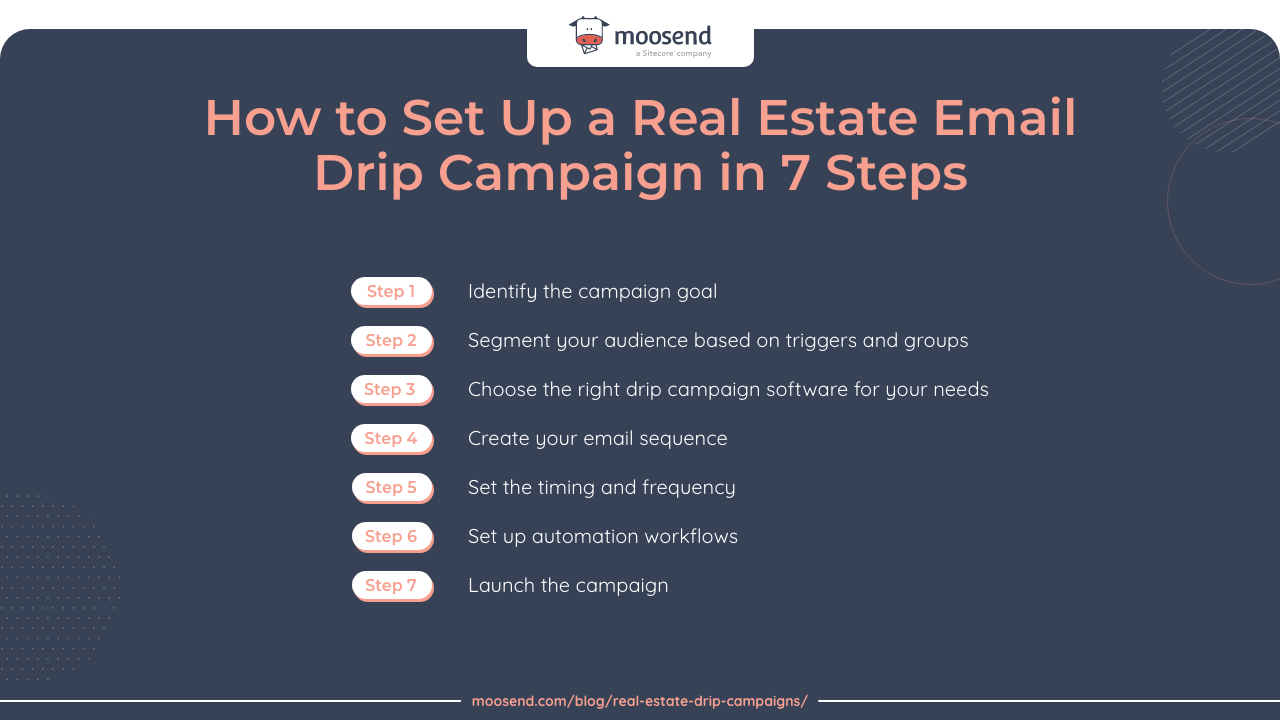
Follow these guidelines and you’ll create an excellent email drip campaign that will bring in those quality real estate leads.
Step 1: Identify the campaign goal
The first step in creating your real estate drip campaign is to identify your objectives and what you want to achieve: do you want to get more leads or re-engage past clients?
After establishing your goals, you should also consider what your buyer or seller leads want to achieve. How can your drip campaigns help them with their personal goals?
Let’s look at a scenario where you have a first-time homebuyer who’s unsure of what they need. In this case, your campaigns should help guide them in the right direction and offer actionable advice to streamline the process. Your drip campaigns should put them at ease.
You can also create goals for each segment of your email list (which we’ll talk about later) to make drip campaigns easier to handle.
Pro tip: Use the SMART method (Specific, Measurable, Attainable, Relevant, and Time-bound) to set your goals and ensure they’re attainable in the near future.
Step 2: Segment your audience based on triggers and groups
After identifying your goals, it’s time to segment your target audience based on shared characteristics to help you identify the best strategy to engage them.
In this case, you can group them based on triggers and needs, as each lead has different interests and demands. If you try a one-size-fits-all approach, you might lose potential clients.
So, think about what each group needs from you. What kind of conversation would you have with them after identifying their pain points?
For instance, you can categorize your audience into buyers and sellers, as well as based on their activity (new leads or past clients).
Pro tip: If you don’t know how to segment your contacts, Moosend can help you. With our email segmentation features, you can break your list into multiple segments (based on any criteria) so you can send the right message to the right person.
Step 3: Choose the right drip campaign software for your needs
Now comes the fun (and probably the most time-consuming) part: choosing the right software for your business.
Since drip campaigns work differently from traditional standalone emails, you need a tool with lead generation and management features, affordable pricing, and high email deliverability.
Fortunately, Moosend is an excellent email tool suitable for real estate to take your marketing strategy to the next level.
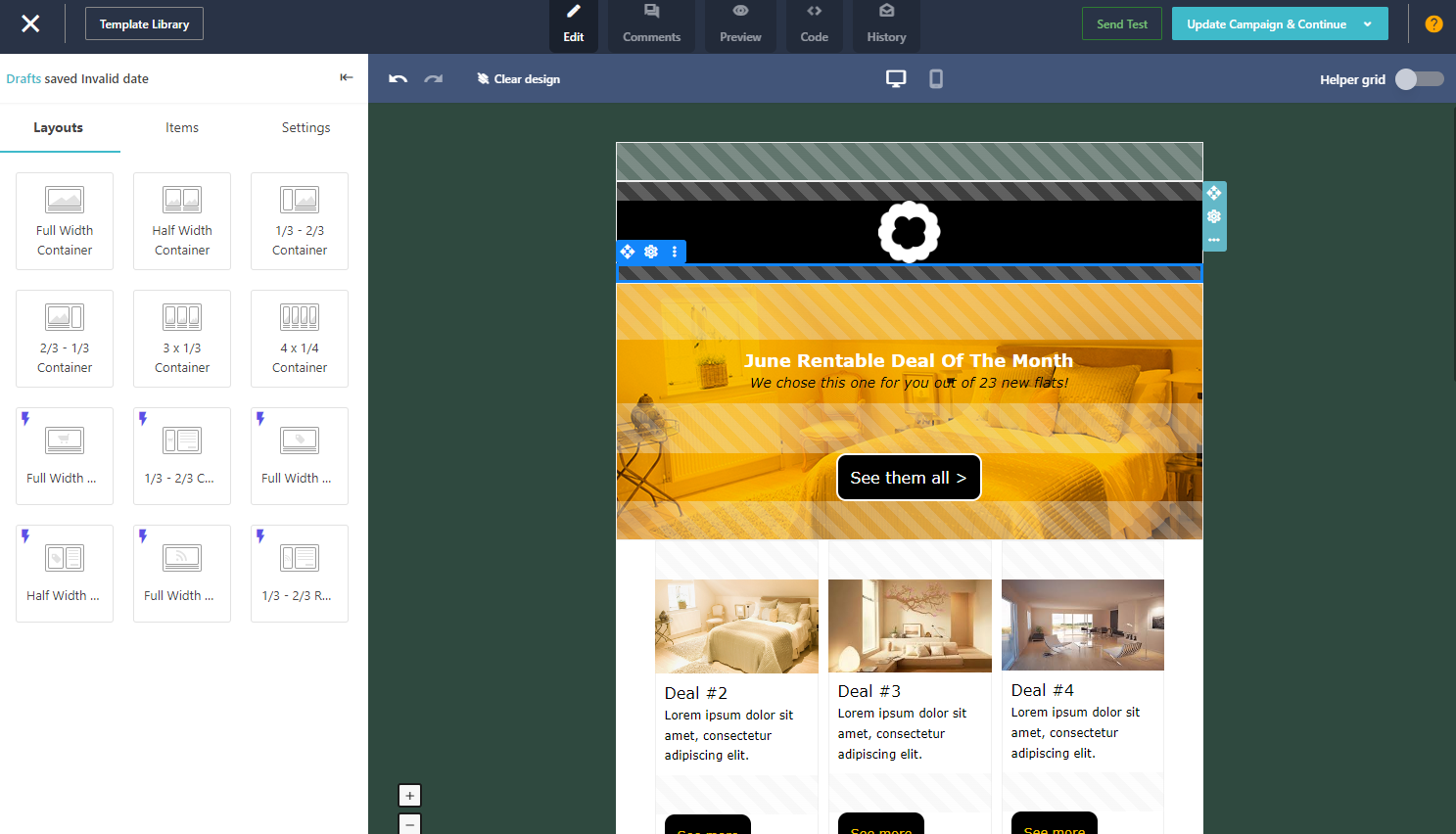
With various real estate email templates at your disposal, you can create different types of personalized emails that boost your conversion rates and increase your sales funnel.
Furthermore, Moosend stands out as an excellent choice thanks to its versatile triggers. For instance, it’s incredibly effective when someone shows interest in a property but leaves the inquiry halfway.
Moreover, the platform allows you to set up targeted emails to re-engage potential clients who might have ‘abandoned the house hunt.’ It’s a powerful tool to nurture leads and turn those missed opportunities into successful deals.
Pro tip: If you don’t know what to look for in email marketing software for real estate, here’s a list of characteristics:
- User-friendly email or landing page editor
- Professional drip campaign templates
- Personalization tools to tailor your messages
- Integrations with Customer Relationship Management (CRM) software
Step 4: Create your email sequence
When you have your software, you can start drafting your email sequence. Hooray!
Fortunately, there is a wide variety of email content to choose from, such as introductions (your first email), multiple property listing newsletters, market updates, and open house announcements.
Here’s an example from Zillow:
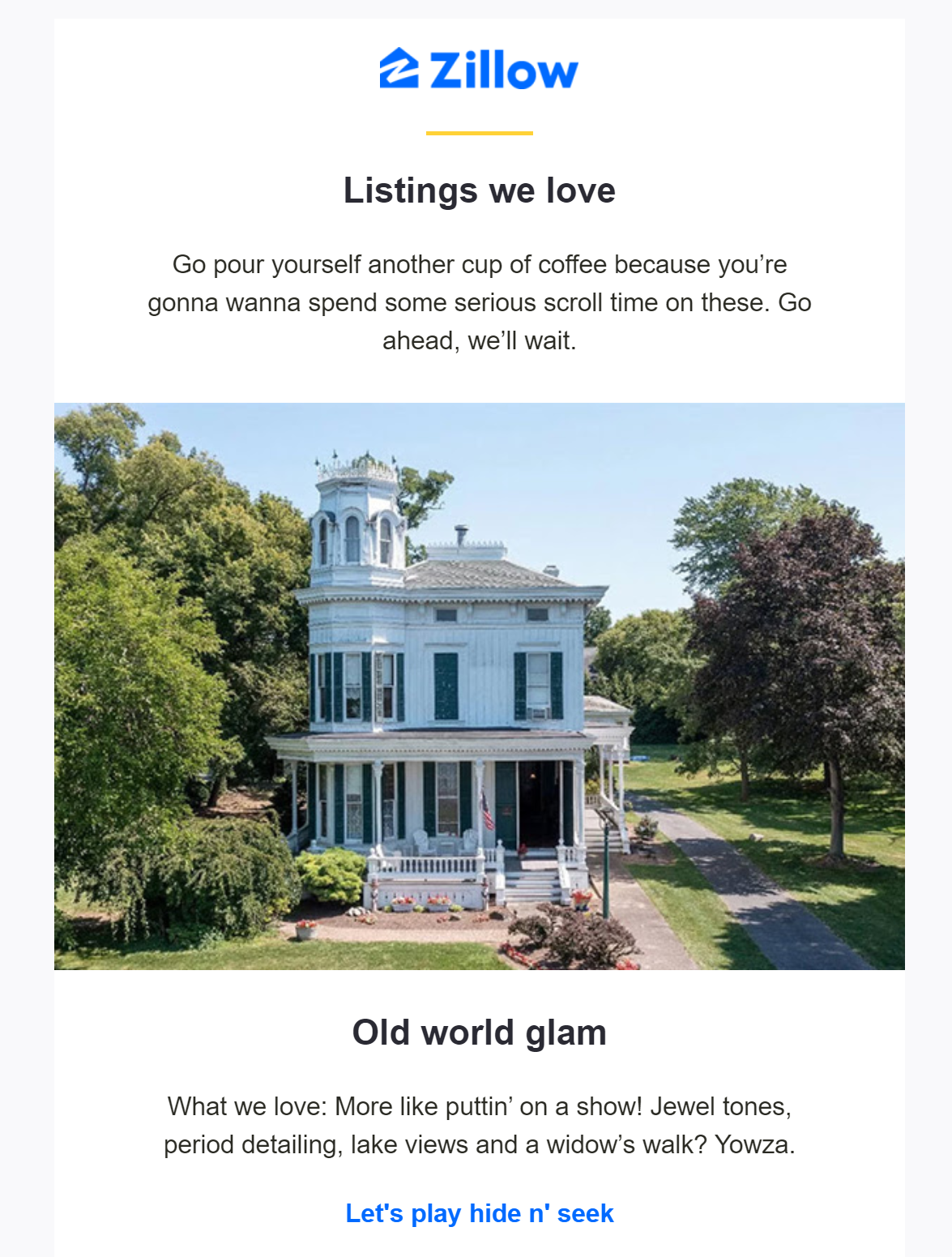
You can create something similar by selecting a suitable template for your different segments, and then start building your drip campaigns!
Pro tip: You can’t possibly know everything about your audience, so don’t worry if you’ll have to adjust your strategy in time to fit different needs.
When you have more details about your clients, you can create alternative triggers and drip email campaigns to nurture them effectively.
Step 5: Set the timing and frequency
Since the real estate industry is highly competitive, when is the right time to send your emails? How often should you send them?
To reach your target audience, you need to time your emails perfectly.
You can send them as frequently as you want: weekly, twice per month, once per month, etc. However, it depends on the type of drip campaign and who your target is.
For buyer leads, you need an email drip campaign with information specific to their interests. Maybe they’re first-time homeowners or have a particular budget. Craft your emails accordingly and answer all their questions.
For home sellers, your drip campaigns should have valuable information about selling their domicile or how to buy a new one. Address their concerns and adjust if necessary.
Last but not least, if you just want to generate leads, you might want to have an introductory email where the recipients fill out their names and email addresses. It will help you glean more details about their interests so you can send them relevant content in future exchanges.
Take a look at the following table for a mock schedule for each type of drip campaign:
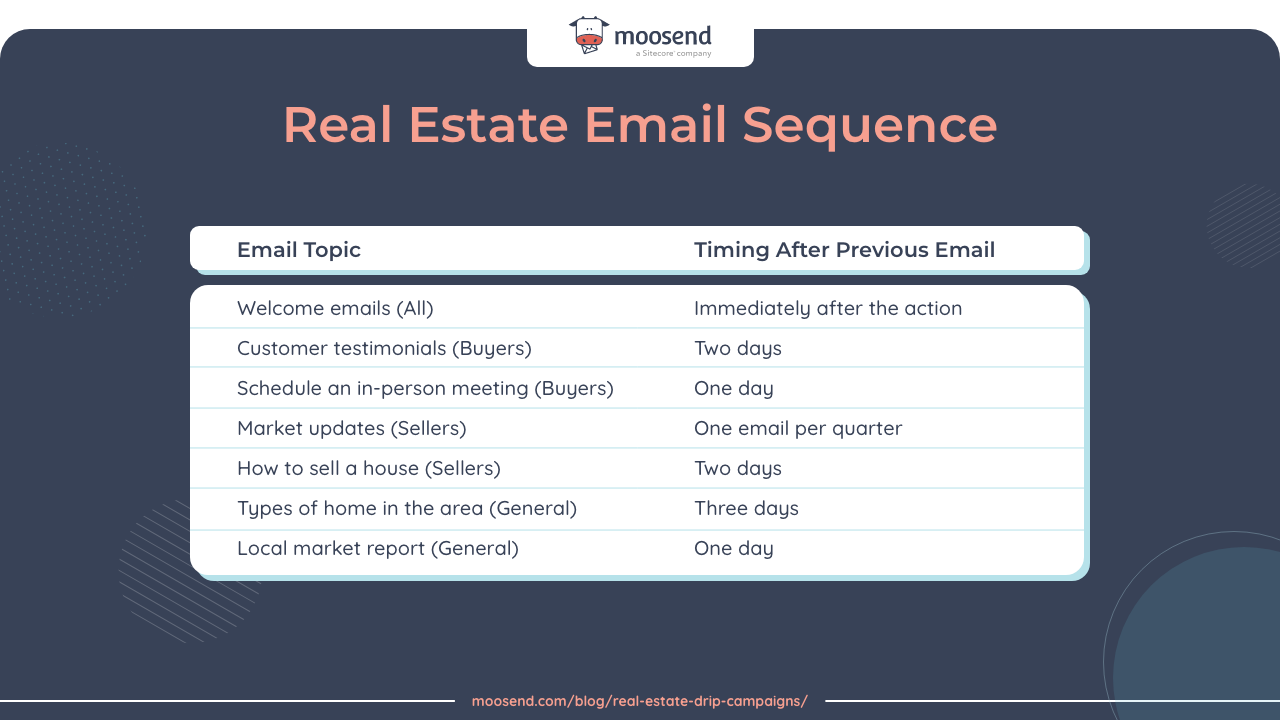
Pro tip: A good rule of thumb is to have monthly or weekly contact. The aim is to stay in your recipients’ minds without being overbearing.
You can increase the frequency as you see fit if you provide valuable content.
Step 6: Set up automation workflows
Marketing automation workflows and drip campaigns work hand in hand, especially since drip campaigns are basically automated emails sent after a user performs a specific action on your real estate website.
Your email marketing software should have automation features that make crafting and sending emails a breeze while you sit back and relax.
Setting automated workflows will allow you to enhance your personalization efforts by targeting the right person with the right message.
Moreover, you can create a welcome series or more complex re-engagement sequences for them based on their behavior and more. Just select the right triggers and actions from the list and you are ready to go.
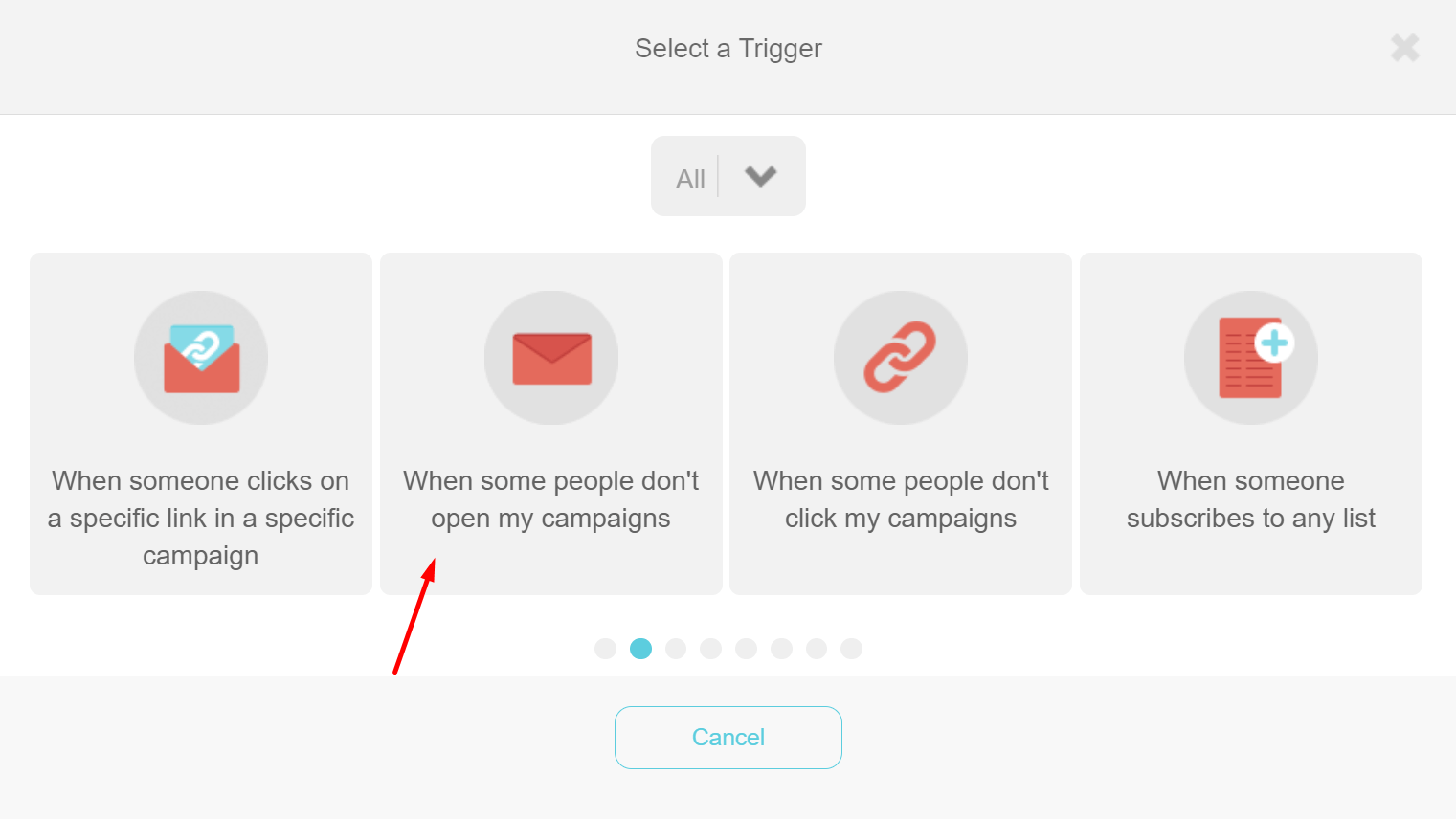
Luckily, Moosend is such a software; plus, it’s affordable and easy to use. So you can give it a go and see if it suits your needs.
Pro tip: While there are many trigger options available, try to think of those that apply to you. The marketing solution can do the rest so you can focus on other time-sensitive tasks.
Step 7: Launch the campaign
After completing all the steps above, you’re ready to launch your real estate drip campaign.
However, your job’s not done yet. Even if it’s tempting to sit back and watch how your list grows, you still need to monitor your campaign’s performance and see how users interact with your emails.
One surefire way to track this is through Moosend’s built-in analytics.
With Moosend, you’ll get the full picture of your drip campaigns as it shows you how users move around your website through advanced tracking. Plus, it reveals your customers’ actions to help you understand why they act this way.
Pro tip: Knowing how your current campaign works is vital for improving your future ones.
By analyzing specific metrics, you can build targeted drip email campaigns that convert users and keep them engaged.
Speaking of metrics, let’s see in greater detail how you can measure your real estate drip campaign’s performance.
How to Measure the Success of Drip Campaigns
How can you estimate the success of your drip campaigns?
By measuring the key metrics and performance indicators, such as email open rates, conversion rates, click-through rates, unsubscribe rates, and return on investment (ROI).
The average open rate for the real estate sector is 41.6%, so you have a very high chance of capturing your readers’ attention with drip email campaigns.
The higher your click-through rate is, the more engaging and relevant your content is for your audience.
To keep track of all these indicators, try Moosend’s reporting and analytics features.
This solution is every real estate agent’s dream, as it offers comprehensive and precise reports that save you time. It also enables you to make accurate business decisions so you can craft better-targeted drip campaigns.
Let’s discuss some drip campaign best practices that real estate agents can use right away.
Drip Campaign Best Practices for Real Estate Agents
Here are some extra tips for making your drip campaigns the best:
Keep your emails short
You have a short window of time to make a good first impression, so avoid rambling and keep your emails brief.
If possible, you can try to condense your emails in 10 words or less. Also, try not to include time-sensitive information in your emails.
Use catchy subject lines
The purpose of subject lines is to grab the prospect’s attention. It makes them want to open your email.
Keep them short and sweet, avoid spammy words, and don’t be misleading. If you don’t know which subject line to utilize in your campaigns, A/B testing is a great way to ensure you choose the most engaging one.
Make it personal
To pique your reader’s interest, show them a message that could have been written by a close friend.
Your emails should be warm, almost informal (if that’s your brand’s tone of voice), but also professional. It should reflect your personality and show that there’s a human behind the brand.
Clean your email list frequently
Maintaining good hygiene habits will increase the overall engagement rates of your emails.
In addition, your emails won’t end up in spam folders, and you’ll be able to develop meaningful relationships with your active clients.
Start a New Real Estate Drip Campaign
That’s it! You’re now a master of real estate drip campaigns. Equipped with this knowledge, you can create your series and get as many leads as possible.
But have you thought about which software you want to use? We’re asking because we have the perfect solution for you.
Moosend is an affordable, modern, and easy-to-use email marketing and automation platform that helps businesses in the real estate industry create effective drip campaigns.
With advanced automation workflows, multiple pre-built templates, and personalization features, you can draft the best email campaigns to boost your conversion rate and build long-lasting partnerships.
So, what do you say? Does Moosend deserve a chance? 🤞
If ‘Yes,’ you can try it for free by creating your account today.
Frequently Asked Questions (FAQs)
Still, have some snags you need to untangle? Check our FAQ section to shed light on your doubts.
1. How long should a drip campaign last?
While it highly depends on your audience and goals, it typically takes about eight to sixteen weeks.
2. What is the best time to send a drip campaign?
Typically, the best time to send emails is Thursday and Tuesday at around 8 – 9 am. Avoid sending them during the weekend, as it has the lowest open rates.
3. How do I know when to send a drip campaign?
You know when to send a drip campaign if you have actions a user can perform on your website, such as subscribing to a newsletter or creating an account.
Due to the nature of the real estate industry, you will have plenty of opportunities to send a drip campaign to those interested.
For instance, you can start your campaign when people seem interested in a property and sign up to learn more about it.
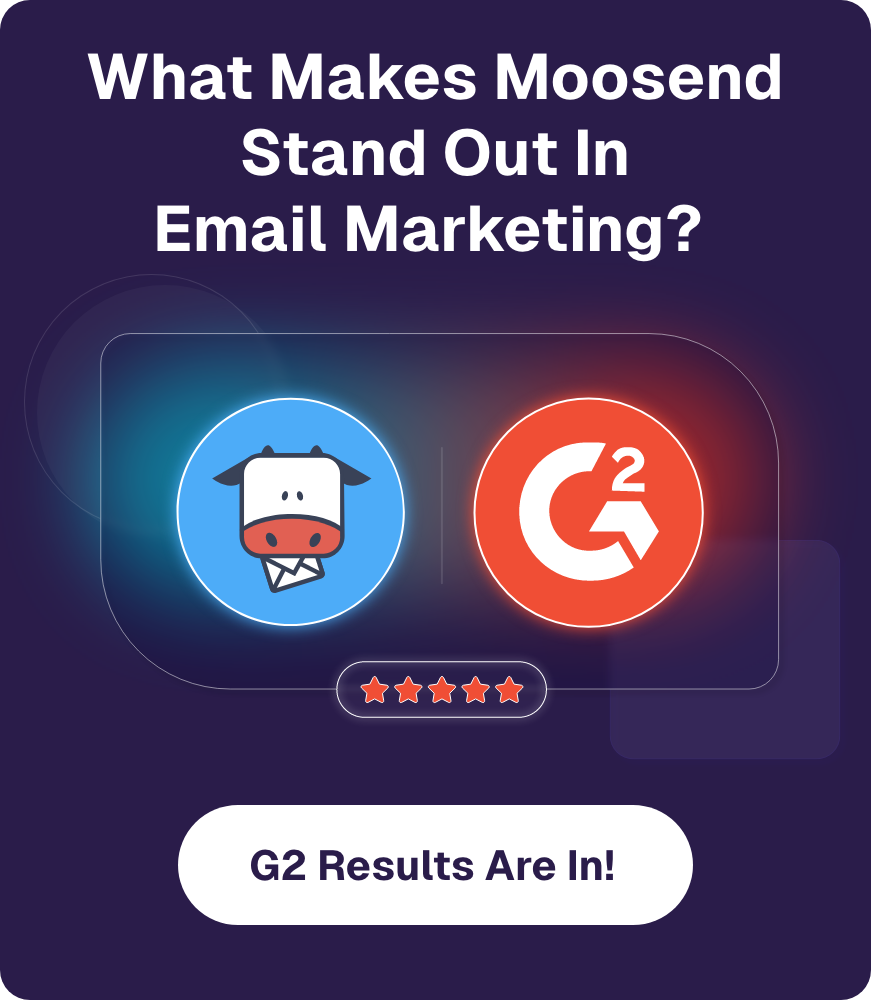



 Published by
Published by


 Published by
Published by